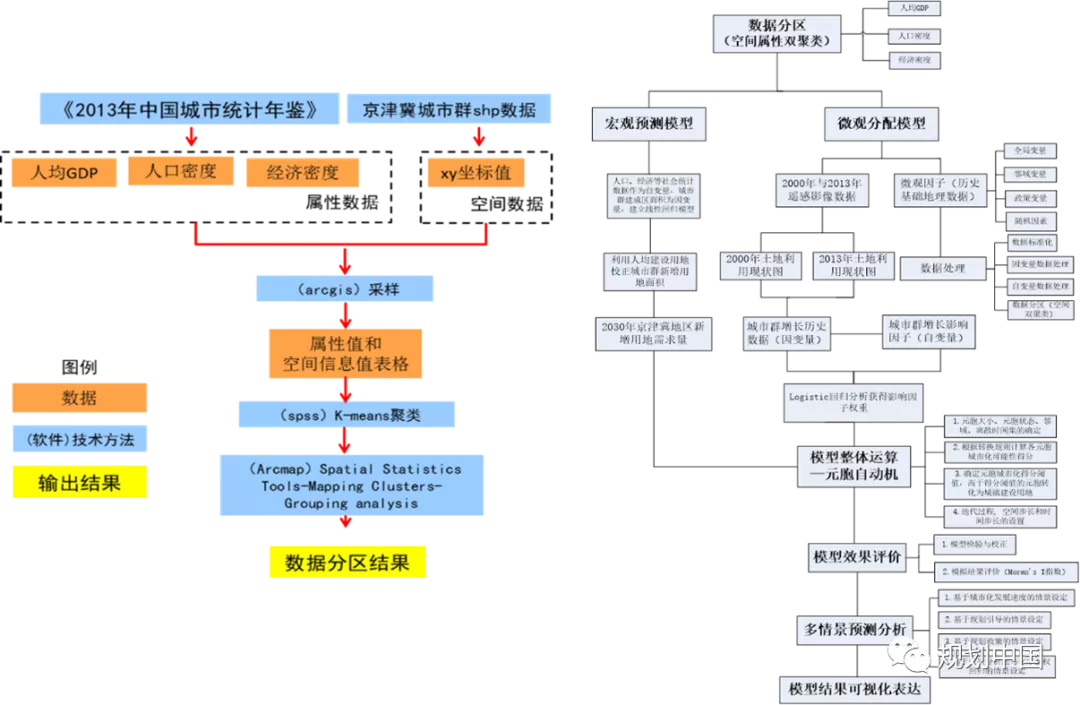Mutual Support and Common Progress - Study and Gain Understanding of Urban Agglomerations through Planning Practice

Project classification:
Urban & Rural Planning
Person in charge:
Chen Ming
I. Deepen Understanding of Urban Agglomerations through Major Scientific Research
CAUPD has been deepening its understanding of urban agglomerations through major scientific research, the progress of which can be divided into four stages. In the first stage, we studied urban agglomerations from the perspective of the law of spatial development and national strategic guidance through such scientific research as the "Research on the Problems concerning the Planning and Construction of Interlocking Metropolitan Areas in China" and the Development Strategy of New Urbanization with Chinese Characteristics. In the second stage, we studied urban agglomerations in terms of functional links and public policies through the scientific research on "the Key Technologies of Regional Planning and Urban Land Conservation and Utilization". In the third stage, we studied urban agglomerations from the perspective of regional physical space and space of flows through such scientific research as the "R&D and Integrated Demonstration of Key Technologies for Spatial Planning and Dynamic Monitoring of Urban Agglomerations". In the fourth stage, we studied urban agglomerations from the perspective of urban security through scientific research on urban agglomerations such as Beijing-Tianjin-Hebei, Yangtze River Delta, Pearl River Delta, and Chengdu-Chongqing.
II. Apply the Fruits of Research to Planning Practice
With the purpose of doing research in mind, CAUPD carried out practical work and, drawing its experience in various planning practices, did research on urban agglomerations, which helped solve actual problems and maintain academic acumen.
Through two rounds of national planning of urban system, CAUPD turned the study of urban agglomerations into support for national planning and policies. In the "Planing of Yangtze River Delta Urban Agglomeration" and the Development Plan of Guanzhong Plain Urban Agglomeration, 2017-2035, CAUPD studies the academic, policy and dynamic boundaries of urban agglomerations. CAUPD used the technical method of space of flows in the planning of the Yangtze River Economic Zones and the planning of the Pearl River Delta urban agglomeration. CAUPD applied the metropolitan area identification technology in Xian territorial planning, the Development Plan of Beibu Gulf Urban Agglomeration, 2015-2030, and the planning of Yangtze River Economic Zones. In the formulation of the Beijing-Tianjin-Hebei Urban-Rural Plan, CAUPD gave play to the guiding role of rail transit research. In addition, CAUPD also applied the research findings of urban safety risks to the fire protection layout planning of some urban agglomerations.
III. Reflection on Research
Unlike the study of urban agglomerations in terms of economy, geography, administration and other disciplines, the study of it from the perspective of planning is distinctively characterized for three reasons: first, urban agglomerations have spatial attributes; second, planning is a highly practical discipline; and third, CAUPD is widely involved in policy consultation and planning formulation. Therefore, the study of urban agglomerations should be carried out in a holistic, straightforward yet significant way and by taking account of its characteristics in such aspects as space, time, complexity and practice.
